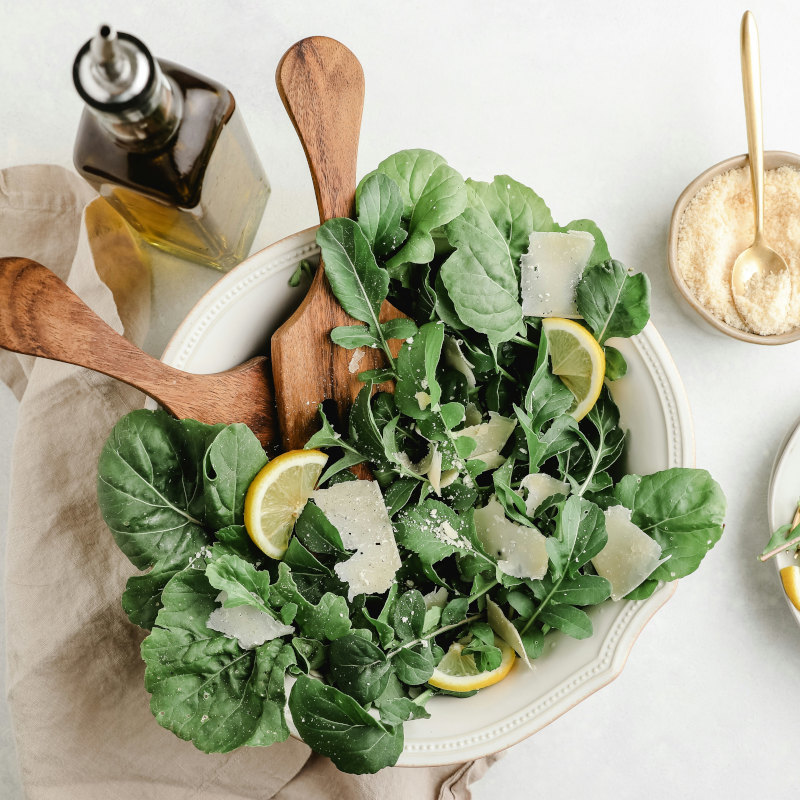veg·e·ta·ble
/ˈvejtəbəl,ˈvejədəbəl/
Definition. Noun.
An edible plant of which some part such as the flower, fruit, stem, leaves, root, or seeds is used for food.
veg·e·ta·ble
/ˈvejtəbəl,ˈvejədəbəl/
Definition. Noun.
An edible plant of which some part such as the flower, fruit, stem, leaves, root, or seeds is used for food.
Vegetables are a crucial part of a balanced diet due to their high nutrient density. They provide beneficial plant compounds like antioxidants, and essential vitamins and minerals, such as vitamins A and C fiber, folate, potassium Vegetables are also low in fat and calories, making them a healthy choice and great for weight management. They also offer a wide range of health benefits due to their diverse nutrient profiles.

Some of the many health benefits of vegetables include:
To get the most health benefits, eat a variety of vegetables. Different vegetables contain different types of nutrients, so eating a wide range can help ensure you get a balanced diet.

Buy + Store: Look for fresh, brightly colored vegetables that are firm to the touch. Store leafy greens in the refrigerator and root vegetables in a cool, dark place. Most vegetables will stay fresh for a week if stored properly.
Prep + Cook: Wash vegetables thoroughly before eating. Steaming or roasting vegetables can enhance their flavors while preserving nutrients. Avoid overcooking to prevent nutrient loss.
How to Use: Vegetables can be incorporated into almost any meal. From smoothies and salads, to stir-fries, soups, or simple side dishes.
Some vegetables are available almost year-round, while others are best bought in season, when they are most nutritious and bursting with flavor. Otherwise frozen vegetables are just as nutritious, because they are harvested and frozen at peak season.
Asparagus
Avocados
Broccoli
Cabbage
Carrots
Celery
Collard Greens
Garlic
Kale
Lettuce
Mushrooms
Onions
Peas
Radishes
Spinach
Swiss Chard
Turnip
Beets
Bell Peppers
Carrots
Celery
Corn
Cucumbers
Eggplant
Garlic
Green Beans
Lima Beans
Okra
Summer Squash
Tomatillos
Tomatoes
Zucchini
Beets
Bell Peppers
Broccoli
Brussels Sprouts
Cabbage
Carrots
Cauliflower
Celery
Collard Greens
Garlic
Green Beans
Herbs
Kale
Lettuce
Mushrooms
Onions
Parsnips
Peas
Potatoes
Pumpkin
Radishes
Rutabagas
Spinach
Sweet Potatoes
Swiss Chard
Turnips
Winter Squash
Yams
Avocados
Beets
Brussels Sprouts
Cabbage
Carrots
Celery
Collard Greens
Kale
Leeks
Onions
Parsnips
Potatoes
Pumpkin
Rutabagas
Sweet Potatoes
Swiss Chard
Turnips
Winter Squash
Yams
According to the USDA MyPlate, adults should aim to eat about 3 cups of vegetables a day. All forms of vegetables count towards your daily intake, including fresh, frozen, canned, and dried vegetables.
The following examples count as 1 cup:
| Daily Recommendation by Age 1 | ||
|---|---|---|
| Toddlers | 12 to 23 months | ⅔ to 1 cup |
| Children | 2-3 yrs | 1 to 1½ cups |
| 4-8 yrs | 1½ to 2½ cups | |
| Girls | 9-13 yrs | 1½ to 3 cups |
| 14-18 yrs | 2½ to 3 cups | |
| Boys | 9-13 yrs | 2 to 3½ cups |
| 14-18 yrs | 2½ to 4 cups | |
| Women | 19-30 yrs | 2½ to 3 cups |
| 31-59 yrs | 2 to 3 cups | |
| 60+ yrs | 2 to 3 cups | |
| Men | 19-30 yrs | 3 to 4 cups |
| 31-59 yrs | 3 to 4 cups | |
| 60+ yrs | 2½ to 3½ cups | |
Step 1
Step 2
Don’t just say I’ll eat more veggies. You need to be more precise. Here’s what to do:
Set Clear Goals: Start with a specific goal in mind, such as “I will eat one extra serving of vegetables at dinner every day this week.” Once you’ve achieved this, gradually increase your goal.
Keep a Food or Wellness Diary: Keeping track of what you eat can help you see if you’re meeting your vegetable goals. There are also many apps available that can make this process easier.
Set Reminders: Use your phone or digital assistant to set reminders to eat vegetables. This can be especially helpful when you’re trying to establish a new habit.
Step 3
Vegetables are packed with flavor and texture. So go beyond potatoes. Here’s how:
These are the main types of vegetables.